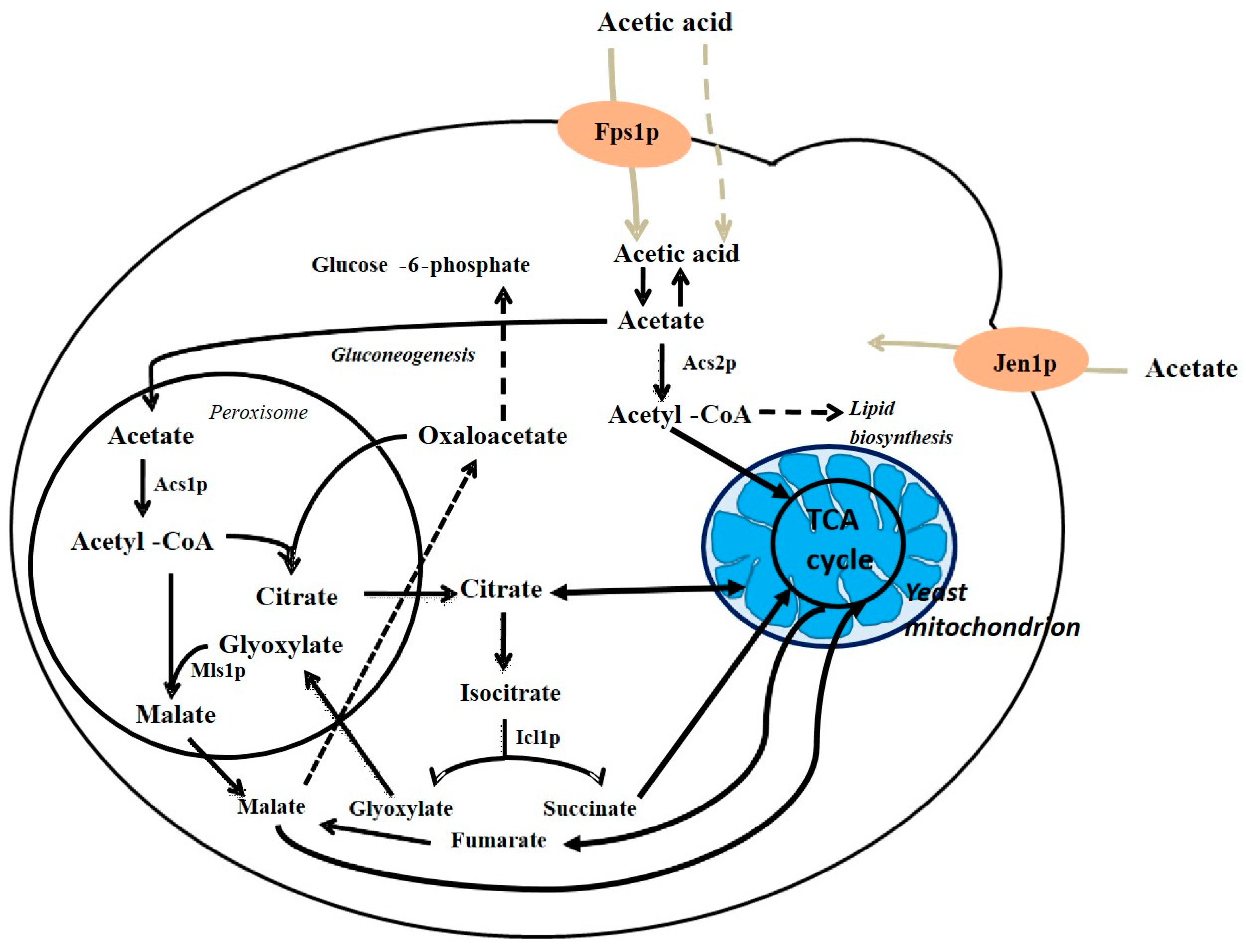How Does Yeast Metabloize
GlucoseGlucose is a type of carbohydrate, which is a compound of carbon, oxygen and hydrogen. Specifically, glucose is a monosaccharide, which means 'single sugar unit.'
Monosaccharides can occur in nature on their own or can be combined into larger carbohydrates. Common carbohydrates that contain glucose include table sugar, milk sugar and starch. Humans use glucose as a major cellular fuel, and yeast do as well; in both cases, it's an important source of energy. Aerobic MetabolismWhile there are many different species of yeast and they differ metabolically from one another, all can metabolize glucose aerobically, meaning 'with oxygen.' This results in the production of a large quantity of energy, as well as the waste products carbon dioxide and water.



How Do You Make Yeast
These are the same waste products that you form when you metabolize glucose for energy. In general, if oxygen is present, yeast will use it to process glucose, since this is much more efficient than metabolizing glucose without oxygen. Anaerobic MetabolismIf there isn't oxygen present, some species of yeast can survive nevertheless, and can metabolize glucose through an alternate pathway that results in the formation of significantly less energy and different end products. The products of anaerobic - meaning 'without oxygen' - metabolism of glucose by yeast are carbon dioxide and ethanol, which is drinking alcohol. Humans don't produce the same products during anerobic metabolism of glucose; we produce lactic acid instead. UseThe products of glucose metabolism by yeast are useful in making certain foods.
For instance, when you bake yeast bread, the yeast are breaking down glucose and producing carbon dioxide, which gets trapped in the dough matrix in small bubbles. These expand during baking, and are responsible for the light texture of risen bread. The ethanol made by yeast shows up in wine and beer, both of which depend upon anaerobic breakdown of glucose by yeast.